Understanding the Vital Role of Aircraft Service in Aviation Safety and Efficiency
In the complex world of aviation, the importance of aircraft service cannot be overstated. According to a report by the International Air Transport Association (IATA), the global airline industry is projected to generate revenues of over $800 billion in the coming year, necessitating an unwavering focus on safety and efficiency.
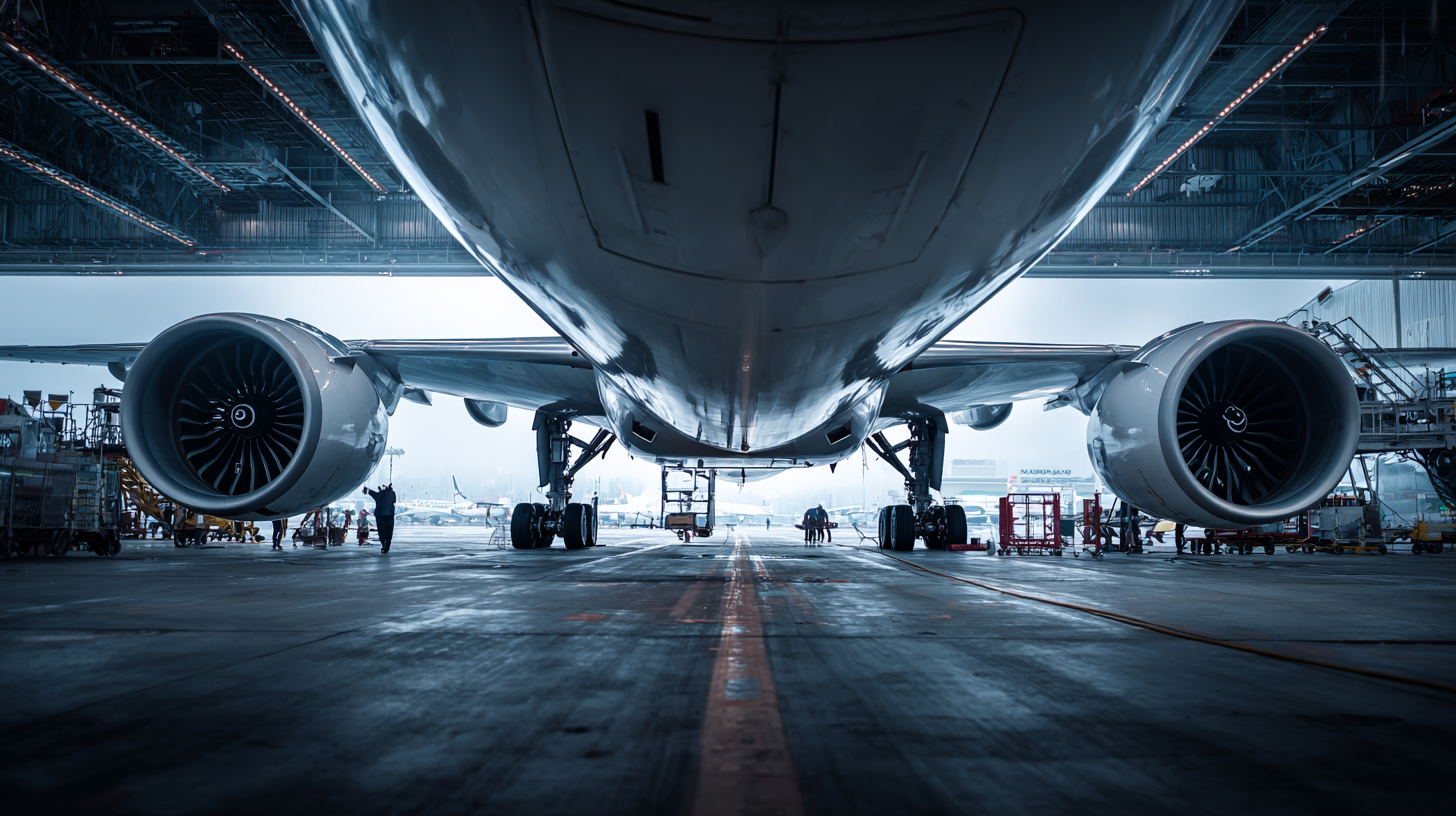 Aircraft service plays a critical role in ensuring that airlines operate at optimal performance levels while adhering to stringent safety regulations. The quality of maintenance and servicing performed on aircraft directly impacts their longevity and operational reliability, with the FAA reporting that proper aircraft service reduces the likelihood of mechanical failures by as much as 50%.
Aircraft service plays a critical role in ensuring that airlines operate at optimal performance levels while adhering to stringent safety regulations. The quality of maintenance and servicing performed on aircraft directly impacts their longevity and operational reliability, with the FAA reporting that proper aircraft service reduces the likelihood of mechanical failures by as much as 50%.
Furthermore, effective aircraft service contributes significantly to overall operational efficiency. A study published by the Aviation Safety Network highlights that maintenance delays account for approximately 28% of flight disruptions, emphasizing the need for timely and comprehensive servicing. By investing in robust aircraft service protocols, airlines can not only enhance safety outcomes but also improve on-time performance and customer satisfaction. This underscores the interconnected nature of aircraft service, safety, and efficiency, which are paramount to achieving excellence in the aviation industry.
As the sector evolves and faces new challenges, a deep understanding of the vital role of aircraft service will be essential for sustaining safe and efficient air travel.
The Impact of Regular Aircraft Maintenance on Safety Metrics in the Aviation Industry
Regular aircraft maintenance is not just a regulatory requirement; it is a crucial component in ensuring the safety and efficiency of aviation operations. By adhering to scheduled maintenance protocols, airlines can significantly reduce the likelihood of mechanical failures that could jeopardize passenger safety. This proactive approach plays a pivotal role in enhancing safety metrics within the industry, ultimately fostering public trust in air travel.

Tips: One effective practice is to establish a comprehensive maintenance log that tracks all services performed on the aircraft. This ensures that no maintenance task is overlooked and helps identify potential issues before they escalate. Additionally, utilizing advanced diagnostic tools can streamline the maintenance process, allowing for quicker identification of any irregularities.
Moreover, training and engaging maintenance personnel in the latest safety protocols can lead to heightened awareness of potential hazards, contributing to an overall safer flying experience. Routine training sessions that focus on both technical skills and safety protocols can help keep maintenance teams prepared for any challenges they may encounter in their work. Taking these steps not only bolsters safety outcomes but also enhances the operational efficiency of the fleet.
Statistical Analysis of Flight Delays Linked to Inefficient Aircraft Service Practices
Inefficient aircraft service practices contribute significantly to flight delays, affecting the overall safety and efficiency of aviation. According to recent studies, operational inefficiencies can lead to delays of up to 30% in flight schedules, with critical impacts on airline performance and passenger satisfaction. For instance, the disruption in maritime and air freight services during the COVID-19 pandemic highlighted how quickly inefficiencies can cascade through the system, amplifying delays and reducing service reliability. Such statistics underscore the necessity for airlines to reassess their service protocols and implement more streamlined practices.
Tips for improving aircraft service include investing in data analytics to identify bottlenecks in service processes. By utilizing advanced analytics, airlines can enhance operational planning and optimize resource allocation, decreasing delays caused by maintenance or boarding inefficiencies. Additionally, adopting integrated systems that facilitate real-time communication between ground crews and flight operations can significantly bolster service efficiency and predictability.
Moreover, airlines should embrace modern technology to break silos within their operational frameworks. By fostering a more integrated approach to service delivery, airlines can not only address existing inefficiencies but also proactively anticipate potential disruptions. With the industry poised for recovery, these strategic changes are vital for enhancing the safety and efficiency of air travel.
Comparative Study of Aircraft Downtime: Scheduled Maintenance vs. Unscheduled Repairs
Aircraft downtime is a critical factor affecting both aviation safety and operational efficiency. Scheduled maintenance is meticulously planned and often conducted during off-peak hours or overnight, allowing airlines to minimize disruptions while ensuring that aircraft remain in optimal condition. This proactive approach not only enhances safety by preventing potential issues from escalating but also helps airlines maintain a reliable schedule, ultimately improving customer satisfaction.
In contrast, unscheduled repairs, although necessary at times, can lead to significant operational hurdles. These reactive measures often arise from unexpected failures, which can ground aircraft for longer durations than anticipated. Such downtime not only strains maintenance resources but can also create a ripple effect throughout flight operations, leading to delays, rescheduled flights, and increased costs. By examining the balance between scheduled maintenance and unscheduled repairs, it becomes evident that investing in preventive measures is essential for minimizing downtime and maximizing overall efficiency in the aviation sector.
Evaluation of Safety Records: How Timely Service Enhances Fleet Reliability and Passenger Trust
Timely aircraft service plays a crucial role in ensuring the safety and operational efficiency of aviation fleets. An evaluation of safety records clearly indicates that regular maintenance and prompt repairs significantly enhance aircraft reliability. For instance, airlines that adhere strictly to maintenance schedules experience fewer in-flight issues and accidents. This proactive approach not only minimizes operational disruptions but also safeguards the lives of passengers and crew members, reinforcing the importance of strict adherence to service standards.
Moreover, the relationship between aircraft service and passenger trust cannot be overstated. When airlines consistently demonstrate a commitment to maintaining high safety standards, they build a strong reputation among their customers. Travelers are more likely to choose carriers known for their exceptional safety records, which are often a reflection of diligent maintenance practices. As a result, timely and thorough aircraft servicing not only protects lives but also fosters loyalty and confidence in an airline's brand. The positive impact on fleet reliability ultimately translates into a more successful and sustainable aviation business.
Understanding the Vital Role of Aircraft Service in Aviation Safety and Efficiency
| Service Type | Frequency (per year) | Average Downtime (hours) | Fleet Reliability (%) | Passenger Trust Rating (out of 10) |
|---|---|---|---|---|
| Routine Maintenance | 12 | 5 | 98.5 | 9.5 |
| AOG (Aircraft on Ground) Service | 8 | 10 | 95.0 | 8.7 |
| Pre-flight Check | 365 | 1 | 99.2 | 9.8 |
| Major Overhaul | 2 | 120 | 90.0 | 8.0 |
| Technical Inspection | 4 | 8 | 97.5 | 9.2 |
Cost-Benefit Analysis of Proactive Aircraft Service: The Long-Term Financial Implications for Airlines
Proactive aircraft service plays a critical role in enhancing the long-term financial health of airlines. By investing in routine maintenance and timely upgrades, airlines can significantly reduce the risk of unexpected failures, which often incur hefty costs. While the initial expenditure on comprehensive servicing might seem high, the cost-benefit analysis reveals substantial savings over time. Regular servicing extends the lifespan of aircraft components, minimizes the need for major overhauls, and decreases operational disruptions, all of which contribute to a more efficient operational framework.
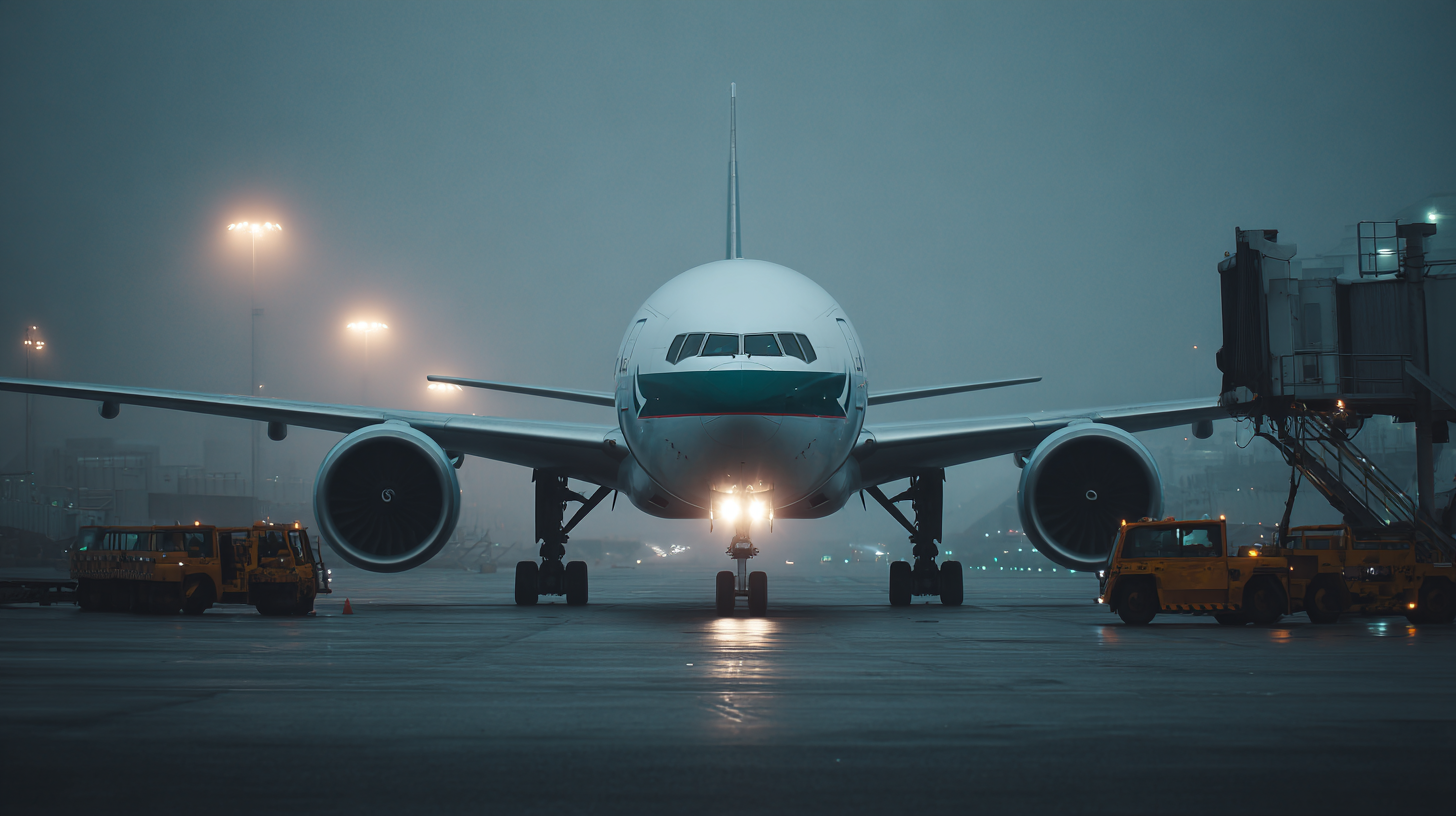
Moreover, airlines that prioritize proactive service can enhance their safety records, which often leads to improved customer confidence and increased passenger loyalty. This positive reputation can result in higher ticket sales and better brand equity. The financial implications of neglecting this proactive approach can be severe, often culminating in increased insurance premiums, potential legal repercussions, and loss of business due to safety concerns. Thus, a robust aircraft service strategy not only supports operational efficiency but also serves as a foundational element for sustainable financial growth within the aviation industry.
Related Posts
-

5 Best Solutions for Exceptional Aircraft Service Efficiency
-
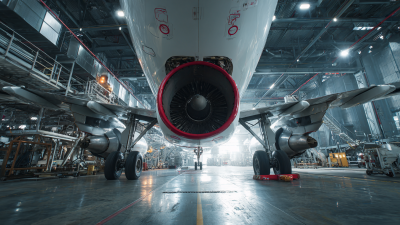
Understanding the Evolution of Aircraft Service: From Maintenance to Passenger Experience
-
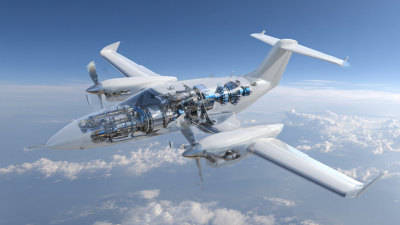
Revolutionizing Aviation with Advanced Fuel Injection Systems Enhancing Efficiency and Performance
-

Unlocking Efficiency: A Deep Dive into Fuel Flow Dynamics in Modern Engines
-
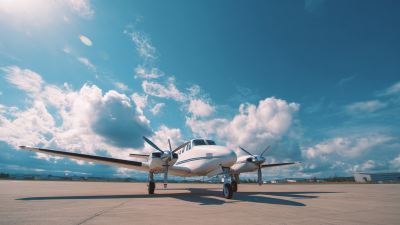
Exploring the Advantages of Using General Aviation Fuel for Your Aircraft Operations
-

Exploring the Future of Fuel Injection Aircraft: Innovations and Advancements in Aviation Technology
